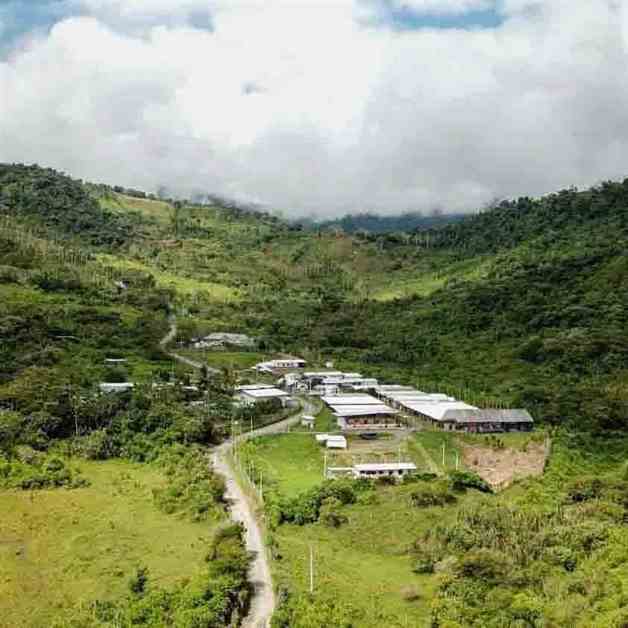SolGold, an Australian mining company, is looking to begin production at the Cascabel project in Ecuador by 2030, with construction set to start in 2026. The project, located in the Imbabura province, will focus on copper, gold, and silver mining and will be developed in two stages. The company recently signed an extraction contract with government officials, opening the door to obtaining necessary licenses for construction.
During an event in Quito, SolGold CEO Scott Caldwell emphasized that Cascabel represents more than just a mining project; it symbolizes innovation, sustainability, and shared prosperity. The project is expected to have a lifespan of over 100 years and aims to establish strong relationships with local communities. The company VP, Luis Mario Sánchez, highlighted the support of the surrounding communities, stating that they are crucial allies for the project’s success.
Before construction can begin, the environment ministry must conduct consultations with residents in nearby communities. SolGold anticipates a smooth process, as there are no ancestral populations in the area. The company estimates that obtaining the necessary permits could take around 18 months, leading to construction commencement in 2026.
The economic model for the project envisions a 28-year lifespan, during which Cascabel is projected to produce significant amounts of copper, gold, and silver. Additionally, SolGold plans to construct a pipeline to transport materials to the Esmeraldas port and is considering building a hydroelectric plant to ensure sustainable energy access.
As part of the contract with the Ecuadorian government, SolGold will pay advance royalties and is expected to provide substantial benefits to the state over the project’s duration. The company’s commitment to sustainable practices and community engagement sets Cascabel apart as a model for responsible mining in Ecuador.
In conclusion, SolGold’s ambitious plans for the Cascabel project signal a significant investment in Ecuador’s mining sector, with a focus on long-term sustainability and positive economic impact for the region. Through collaboration with local communities and adherence to environmental regulations, the project aims to set a new standard for responsible mining practices in the country.




